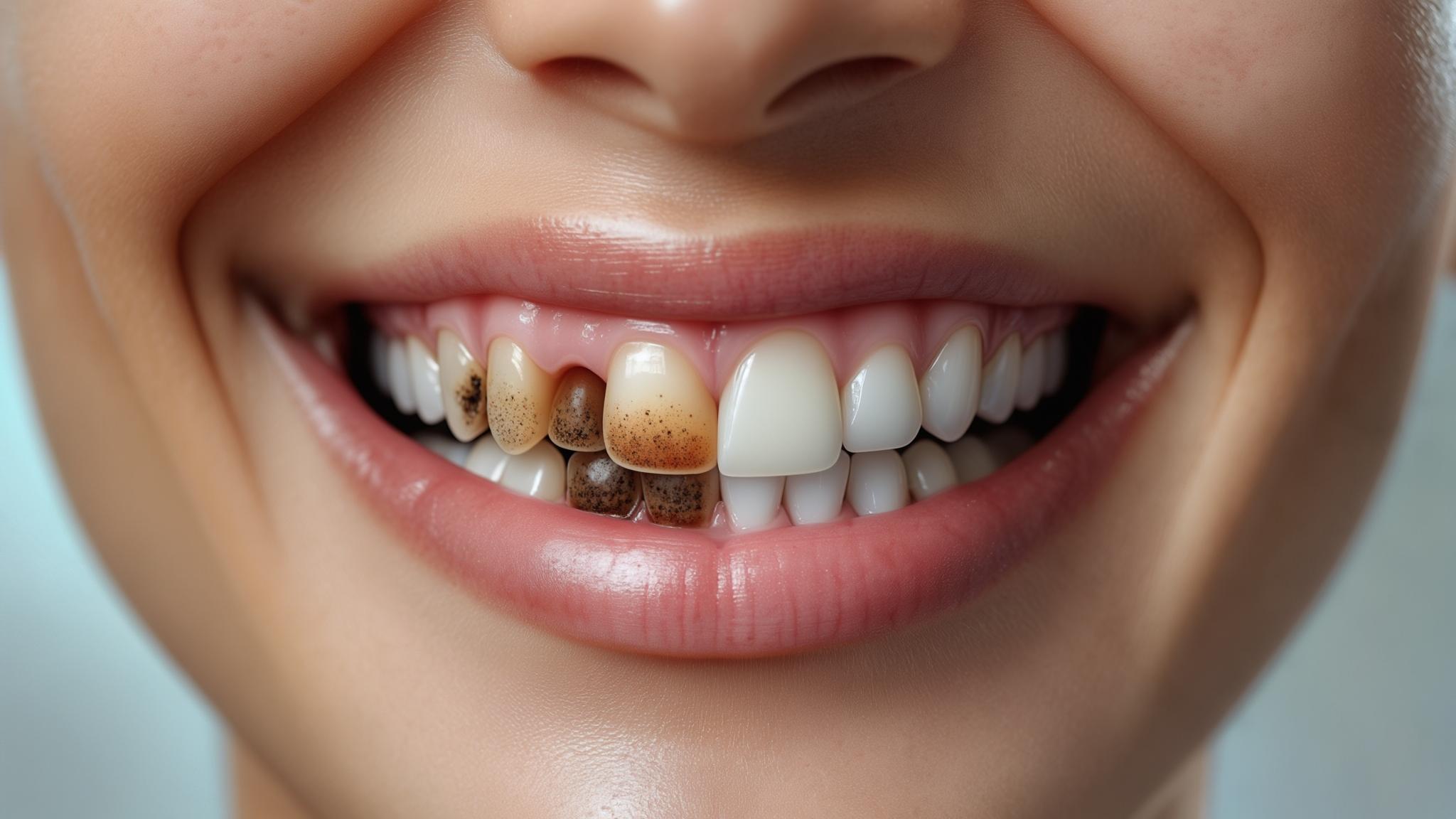Cosmetic Dentistry: Enhancing Your Smile
Cosmetic dentistry is a specialized branch of dentistry focused on improving the appearance of your teeth, gums, and overall smile. It's not just about vanity; a bright, healthy smile can significantly boost your confidence and quality of life. Whether through teeth whitening, veneers, or replacing old fillings, cosmetic dentistry aims to enhance both function and aesthetics.
One common issue that many people face is discolored dental fillings. Over time, fillings can lose their initial color, leading to a noticeable contrast with the natural teeth. This article will explore the causes of discolored fillings, their impact on your smile, and how cosmetic dentistry can help.
Understanding Discolored Fillings
Types of Dental Fillings
1. Amalgam Fillings: Known for their durability, amalgam fillings are made from a mixture of metals. However, their silver color can become more pronounced over time, leading to aesthetic concerns.
2. Composite Resin Fillings: These are tooth-colored fillings made from a blend of plastic and fine glass particles. They are popular for their natural appearance, but can stain or discolor with age and exposure to certain foods.
3. Glass Ionomer Fillings: Often used for fillings in areas not subjected to heavy chewing pressure, these fillings can also discolor over time.
4. Porcelain Fillings: These are highly resistant to staining and offer a natural look, making them a preferred choice for visible areas.
Common Causes of Discoloration
- Aging of Materials: Over time, the materials used in fillings can degrade or change color.
- Staining from Food and Beverages: Frequent consumption of coffee, tea, red wine, and other staining agents can affect the color of fillings.
- Dental Hygiene Practices: Poor oral hygiene can accelerate discoloration.
- Reaction to Dental Materials: Some fillings may react with substances in the mouth, leading to color changes.
Impact of Discolored Fillings on Aesthetics
A bright smile is often associated with health and vitality. Discolored fillings can undermine this perception, affecting how you feel about your appearance.
Psychological Effects
Feeling self-conscious about your smile can impact your self-esteem and willingness to engage socially.
Social Implications
Visible dental restorations can influence first impressions and social interactions, both personally and professionally.
Importance of a Bright Smile
A confident smile can enhance your personal and professional life, making it worthwhile to address any aesthetic concerns.
When to Consider Replacement of Discolored Fillings
Signs That Fillings Need Replacement
- Visible Discoloration: When the contrast between fillings and natural teeth becomes noticeable.
- Wear and Tear: Fillings may crack or wear down over time, necessitating replacement.
- Sensitivity or Discomfort: Changes in sensation could indicate the need for a new filling.
Timing for Replacement
- Regular Dental Check-Ups: Routine visits help monitor the condition of your fillings.
- Changes in Appearance or Oral Health: Any noticeable changes should prompt a dental consultation.
The Process of Replacing Discolored Fillings
Initial Consultation with a Cosmetic Dentist
- Examination and Assessment: The dentist will assess the condition of your fillings and overall oral health.
- Discussion of Options: You'll discuss the best materials and approaches for your specific needs.
Types of Materials for Replacement
- Choosing the Right Material: Considerations include durability, aesthetic goals, and color match.
- Factors Influencing Material Choice: The location of the filling and your lifestyle may affect the decision.
The Replacement Procedure
- Anesthesia Options: Ensuring comfort during the procedure.
- Removal of Old Filling: Carefully extracting the discolored material.
- Preparation of the Tooth: Preparing the site for the new filling.
- Placement of New Filling: Applying and shaping the new material.
- Final Adjustments and Polishing: Ensuring a perfect fit and finish.
Aftercare and Maintenance
Tips for Maintaining New Fillings
- Good Oral Hygiene Practices: Brushing, flossing, and regular cleanings are essential.
- Avoiding Stain-Causing Foods and Beverages: Limiting exposure to staining agents helps maintain color.
Regular Dental Check-Ups
Regular visits ensure your fillings remain in good condition and your oral health is optimal.
Signs to Watch for After Replacement
Be alert to any changes in color, comfort, or function and consult your dentist if needed.
Conclusion
Addressing discolored fillings is a crucial step in achieving a brighter, more confident smile. By consulting with a cosmetic dentist, you can explore options that enhance both the appearance and health of your teeth. Remember, a radiant smile can open doors in both your personal and professional life.
References
For further reading, consider exploring scientific articles and dental journals on cosmetic dentistry and dental materials. These resources provide in-depth information on the latest advancements and techniques in the field.

